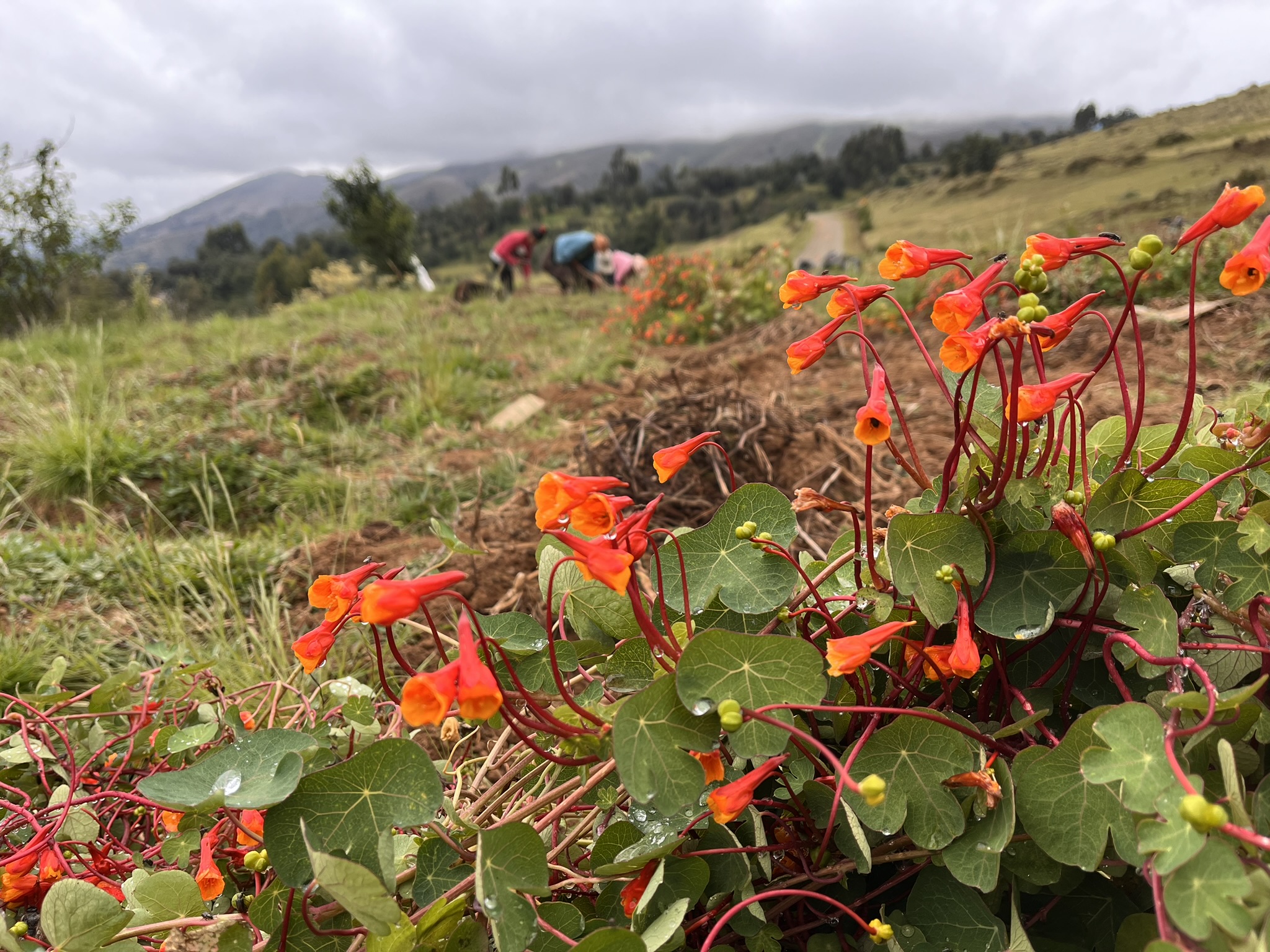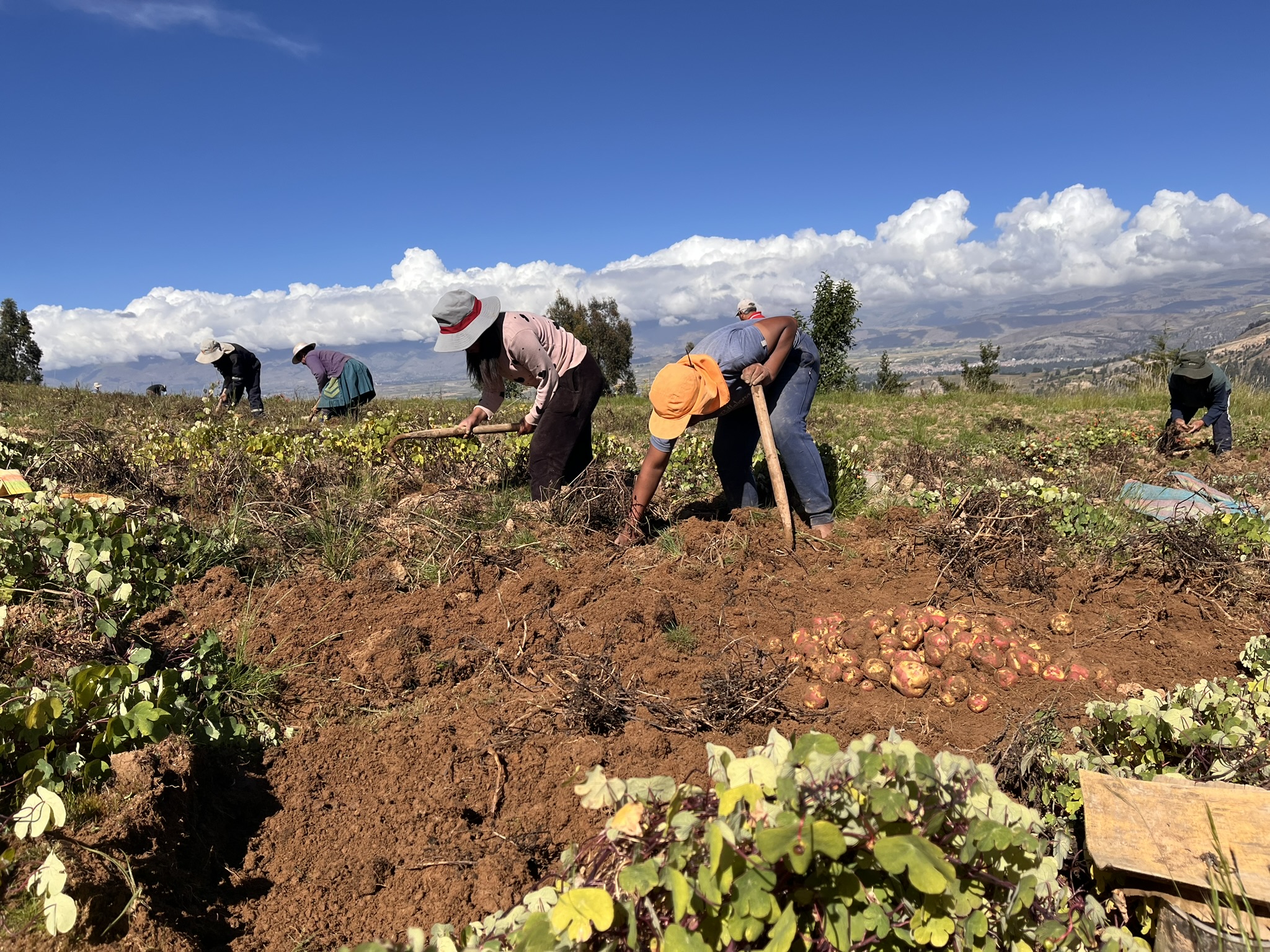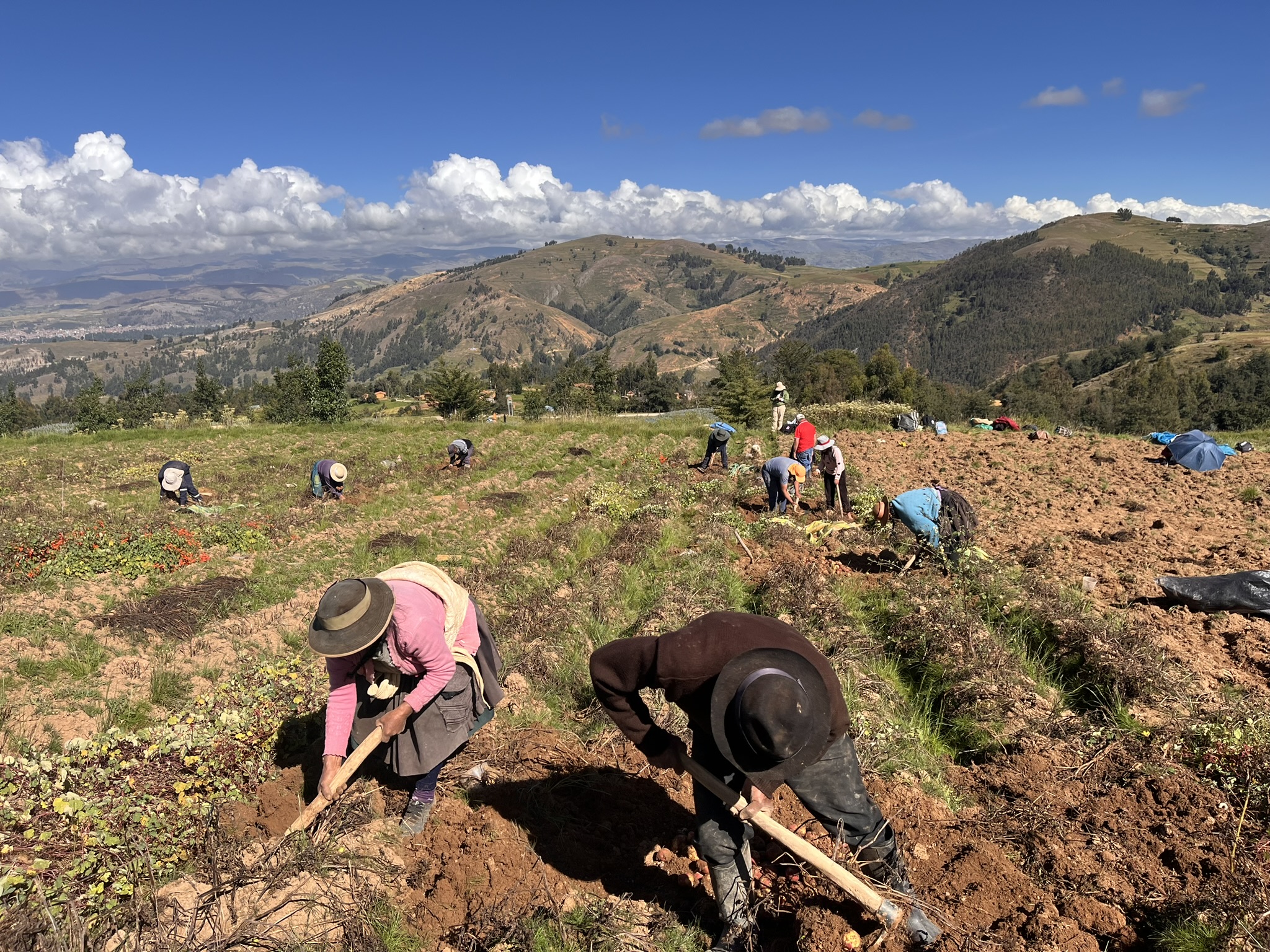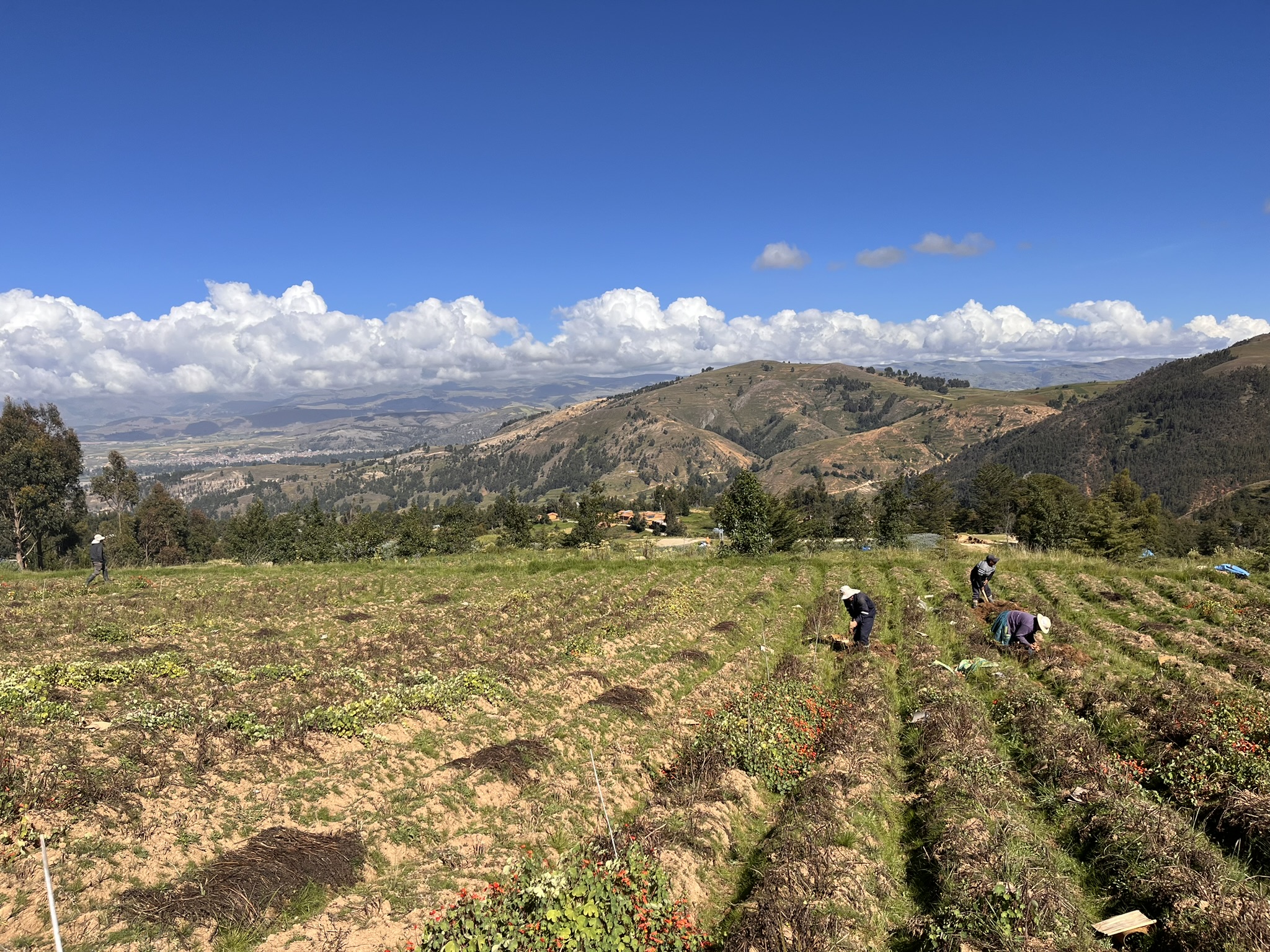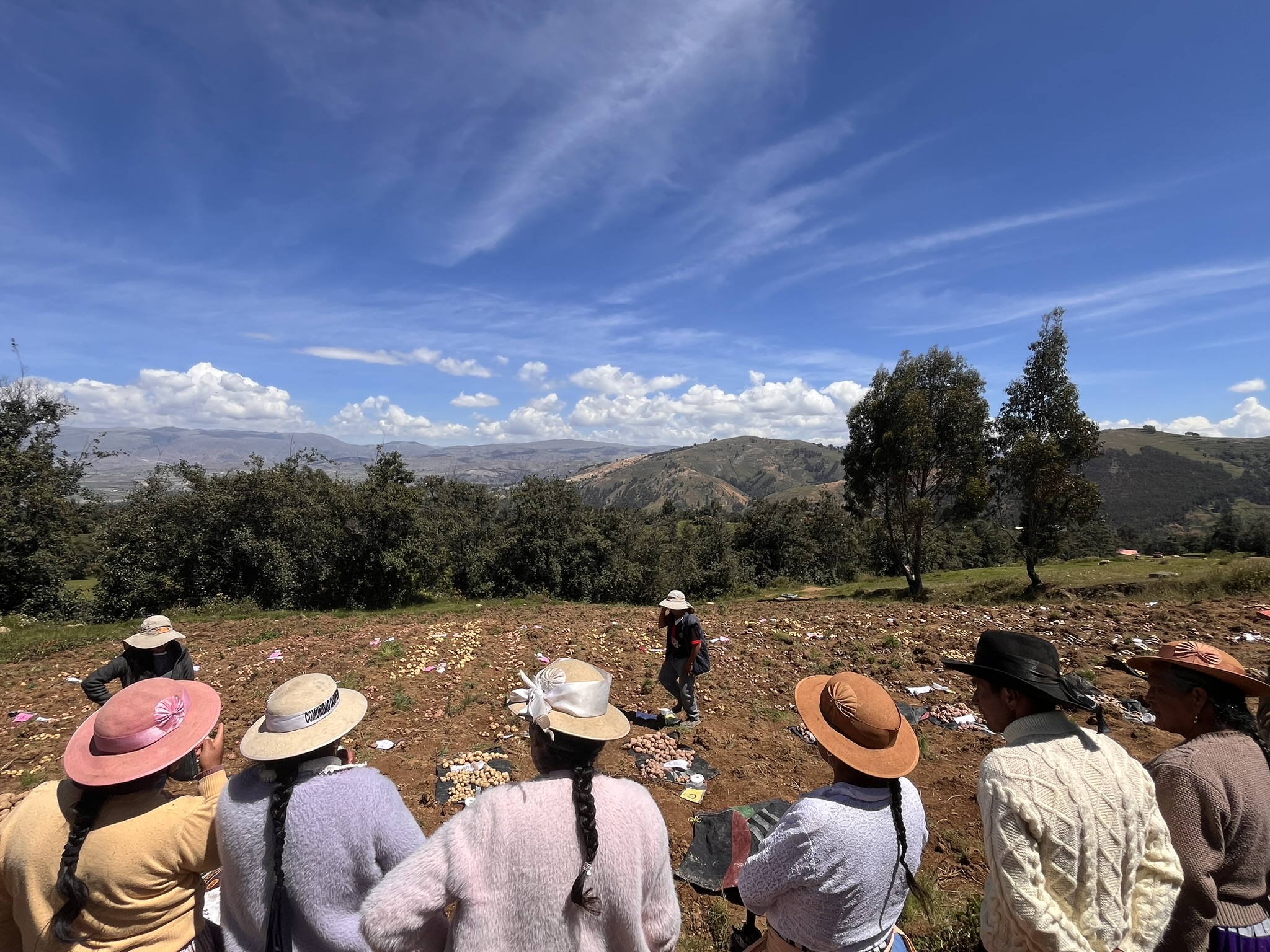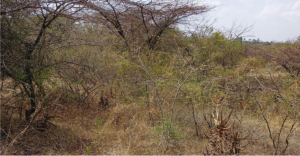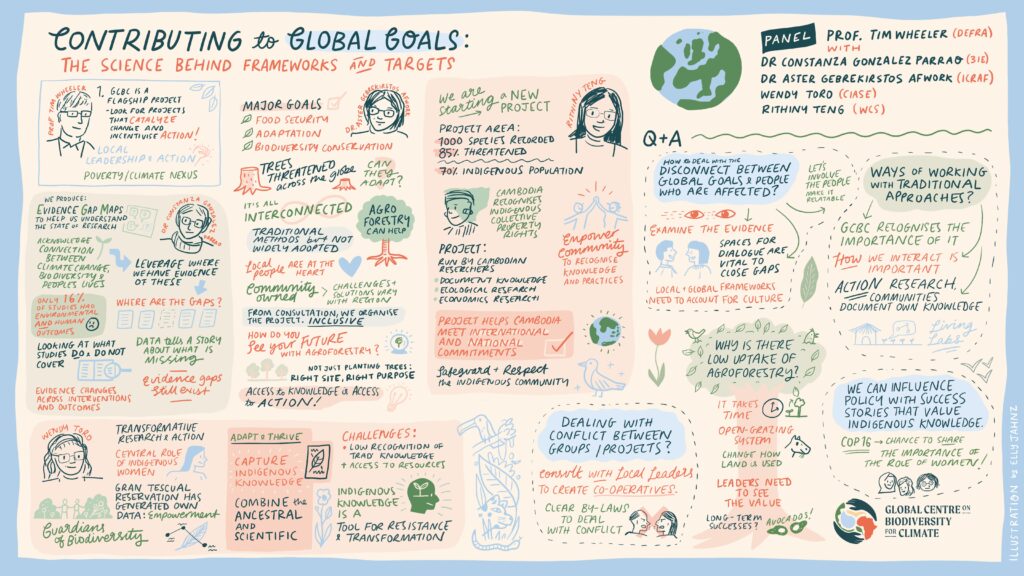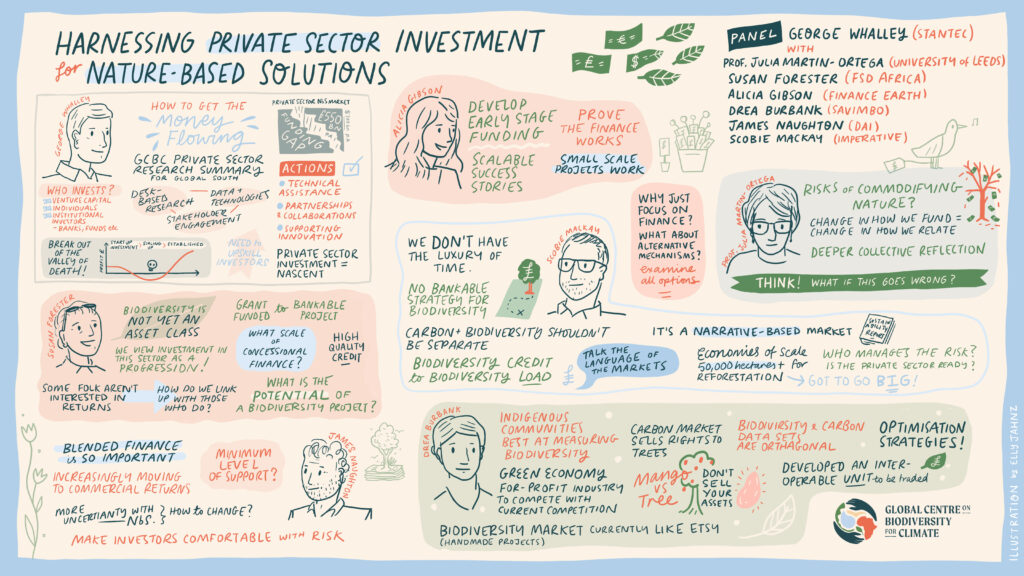Pathways to Sustainable Agriculture: Insights from LEAF Indonesia in Gorontalo
One of the things that excites me most about this project is the way it brings together local knowledge, based on lived experience of farming communities with formal scientific data and modelling, all in one innovative platform. It’s a rare opportunity to co-create solutions that are both grounded in community realities and speak the language of planning. The strong early engagement from such a diverse group of stakeholders reflects both the urgency of the challenge and the commitment of our brilliant local research team and partners to accelerate progress toward sustainable land use pathways.
Professor Fiona Marshall, Leaf Indonesia Project Lead, Professor of Environment and Development, University of Sussex
On March 13, 2025, Universitas Negeri Gorontalo (UNG) hosted a dynamic workshop as part of the LEAF Indonesia project — Land-Use, Ecosystem, Agriculture, Food Security in Indonesia. This collaborative initiative, involving UNG, Sussex University (UK), and Monash University Indonesia, is dedicated to exploring how land use changes related to Indonesia’s food estate program affect local ecosystems, food security, and rural livelihoods.
The participatory workshop, which brought together 86 participants, 46 in person and 40 online, included researchers, farmers, NGOs, government officials, and students. Together, they examined how Indonesia’s ambitious food estate program intersects with critical issues such as environmental sustainability, spatial planning, biodiversity, and agricultural livelihoods.
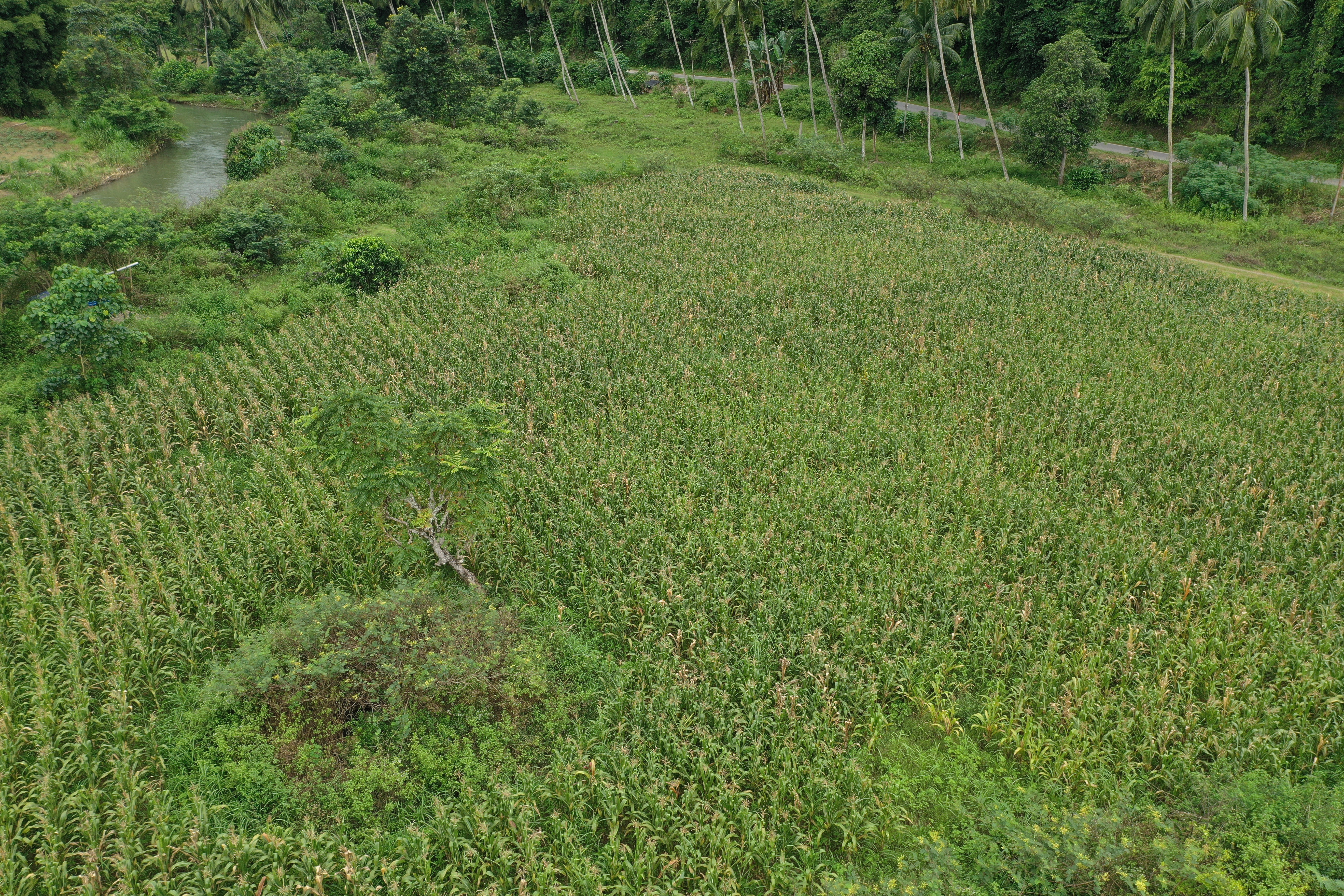
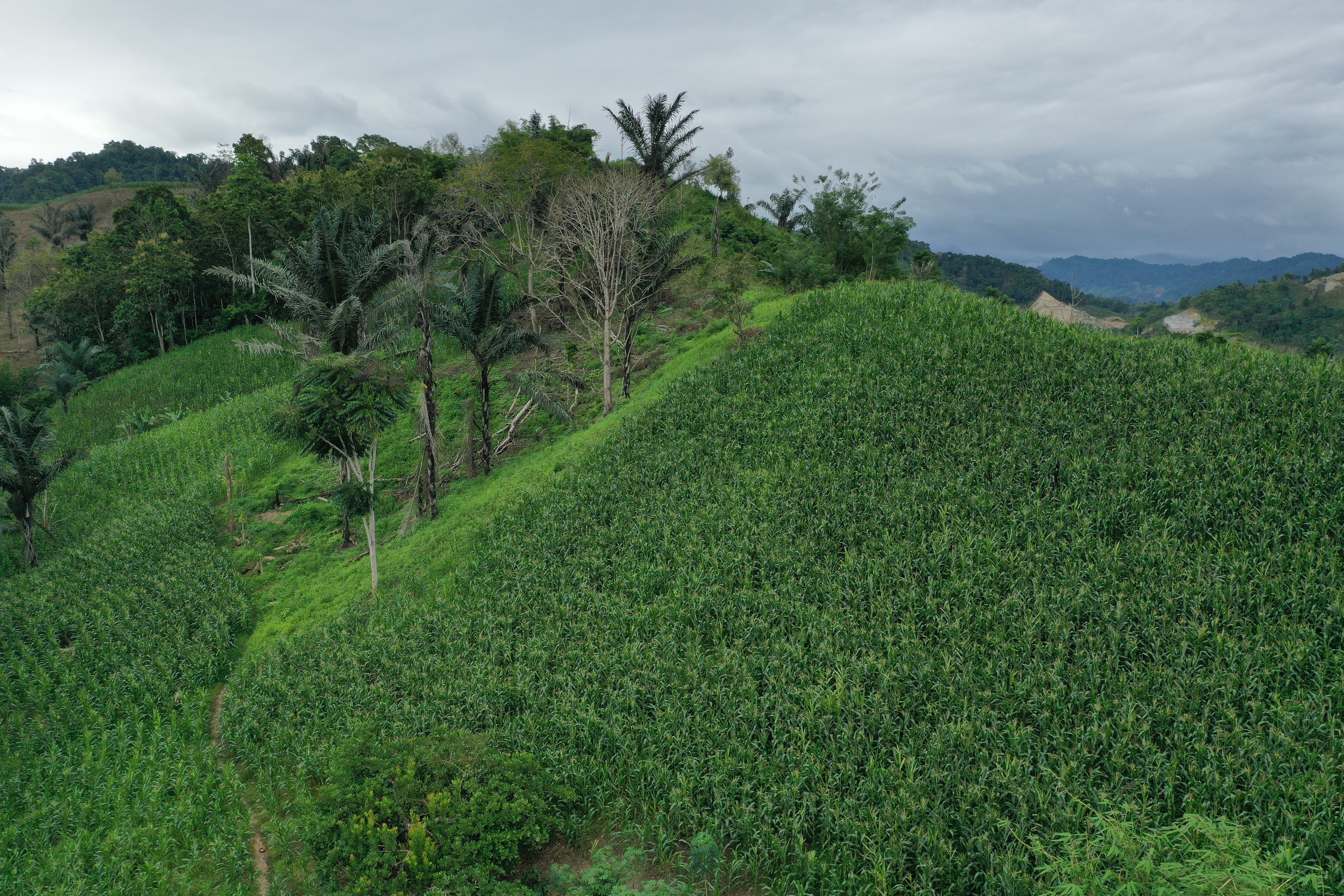
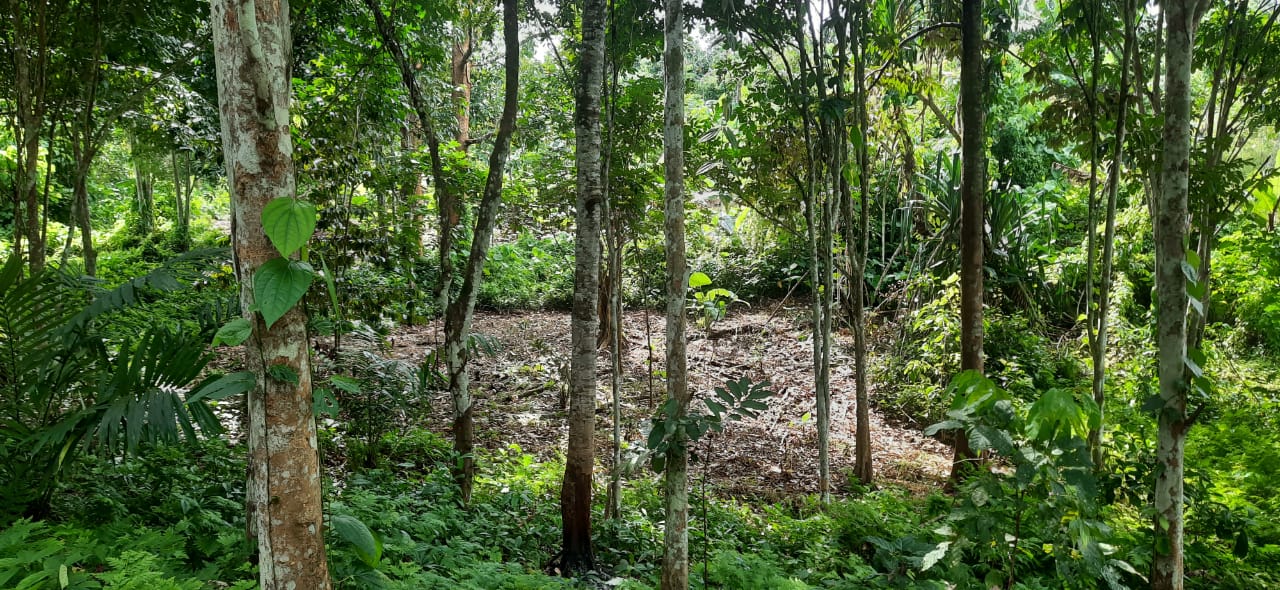
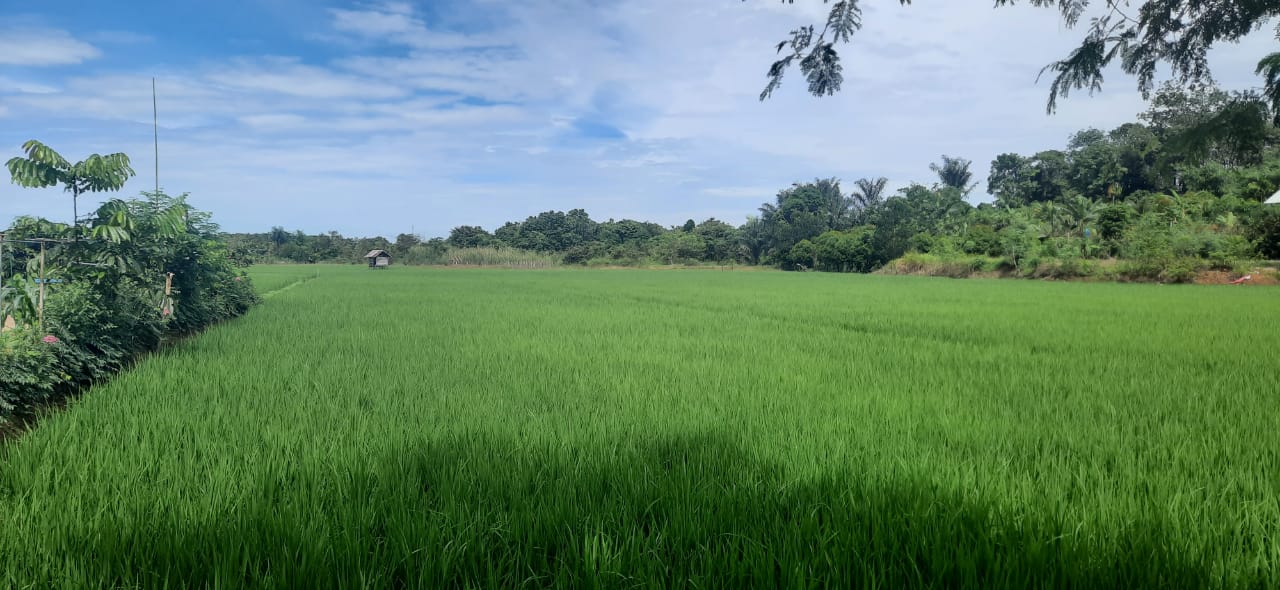
Images shows representative corn monoculture landscapes in Gorontalo, Indonesia and rice paddies in Kalimantan, Borneo – subjects of research into sustainable and diversified agroecological practices by LEAF Indonesia. The other image depicts Professor Fiona Marshall introducing the project to workshop participants.
After words of welcome from the project lead, Professor Fiona Marshall from the University of Sussex, and Professor Iswan Dunggio from UNG, the day began with a keynote by Dr. Wahyudin A. Katili, Chief of BAPPEDA Gorontalo, who highlighted the promise of the food estate program to boost national food security and reduce import dependency through modern, mechanized farming. The presentation also acknowledged the challenges such as land conversion, spatial conflicts, and environmental degradation, and emphasized the need for stronger community engagement and sustainable policy frameworks.
Rina Tayeb, from Gorontalo’s Agriculture Agency, emphasized the province’s sustainable food zone approach, focusing on protecting agricultural land and empowering farmers and fishers. Her recommendations underscored the importance of infrastructure, education, and income diversification to ensure long-term agricultural resilience and rural welfare.
Later that day, conservationist Bagus Tri Nugroho of the Ministry of Forestry addressed the delicate balance between food production and biodiversity. Speaking about the potential impacts on Bogani Nani Wartabone National Park, he warned against forest conversion and advocated for eco-tourism and community-based conservation as dual strategies for safeguarding biodiversity and supporting livelihoods.
Finally, Fery Novriyal from the Forest Gazettement Agency explored spatial planning policies under the Food, Water, and Energy Security program, particularly in managing the use of 20 million hectares of forest area. He presented both the risks of deforestation and the opportunities offered by agroforestry and social forestry initiatives that allow for sustainable development without compromising forest integrity.
Key discussion points emphasized that the Food Estate initiative must align with the Spatial Planning Act (Regulation No. 2 of 2024) and prioritize land use based on local wisdom and environmental sustainability. Participants stressed the need for irrigation infrastructure, strategic land identification, and alignment with sustainable agricultural and industrial development goals.
An integrated agricultural market, crop variety management, and the mitigation of critical land degradation were also discussed, alongside the importance of organic farming practices and reduced reliance on chemical inputs.
Next Steps
In summary, the workshop was a crucial step in fostering dialogue among stakeholders and informing more sustainable, inclusive agricultural policy. By engaging local voices and scientific insights, the LEAF project continues to pave the way for pathways that protect both people and the planet, reinforcing that future food security must go hand in hand with environmental stewardship.
Following this workshop, the project has focused on establishing a baseline of what the impact of Indonesia’s food estate programme has been, in Gorontalo and in the projects two other case study sites in West Papua and East Kalimantan.
They are doing this through further stakeholder engagement work, through careful policy analysis and historical research, and through gathering secondary data to feed into their bespoke mapping and modeling platform, LIMMMA. This will allow them to paint a picture of how land use has changed over the last 20 years, and what impact these changes have had on rural livelihoods, local ecosystems, and food security.
Once that baseline is established, the project will work closely with stakeholders to explore alternative land use practices that are realistic options for those communities. It will then investigate whether these alternatives could potentially provide a better path to the Indonesian government’s food security goals, while also alleviating rural poverty and improving climate resilience and biodiversity.
Find out more about this project on their website.



